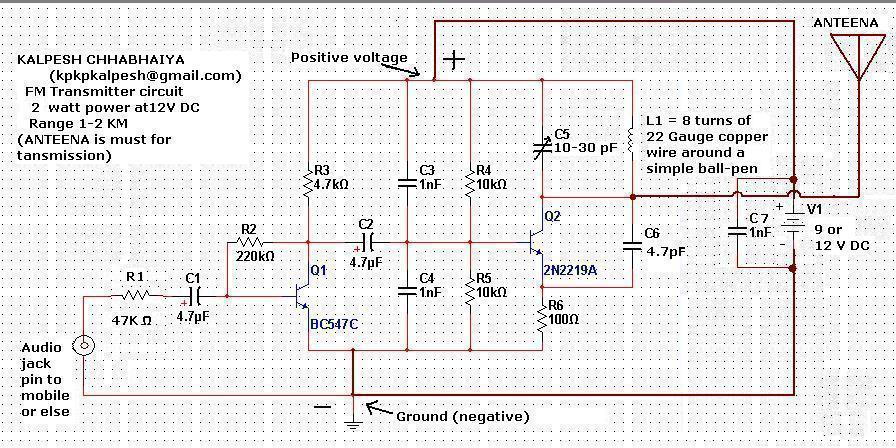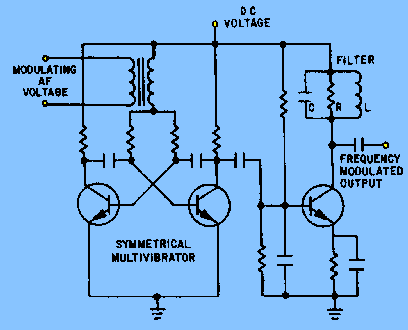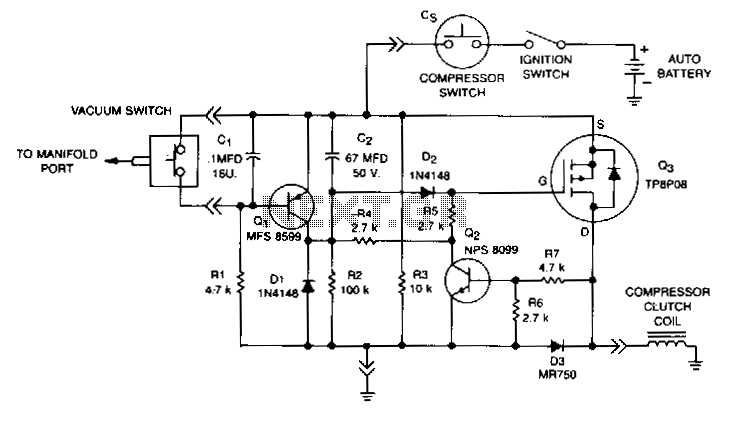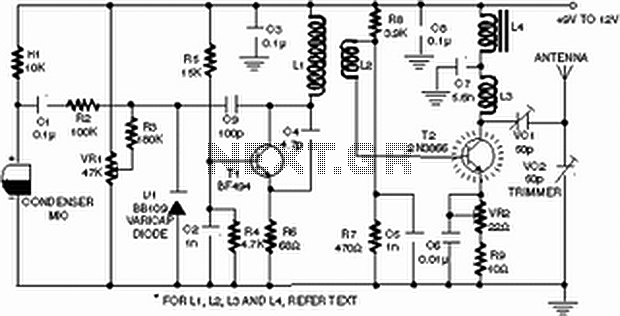
Contactless air range finding method on the basis of P89LPC932
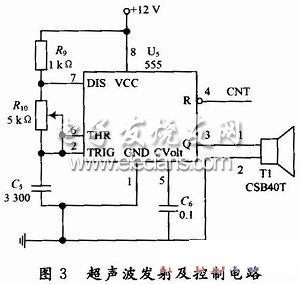
The defect that cannot be overcome exists in certain circumstances with traditional distance measuring methods. For instance, the measurement of liquid levels is a type of range measurement where traditional electrode methods involve the placement of electrodes to measure liquid levels through electrical or pulsed signals. When electrodes are submerged in water or other liquids for extended periods, they are prone to corrosion, electrolysis, and loss of sensitivity. These issues can be addressed by employing ultrasonic distance measurement techniques. The ultrasonic ranger described herein utilizes three types of range-finding mode selection jumper wires (J1) for short-range, medium distance, and adjustable distance measurements. The overall scheme involves generating an echo signal when the measurement key is pressed; the probe emits ultrasonic waves, which reflect off obstacles. The system amplifies the returning wave signal received by the probe and sends it to the control device. A temperature measurement circuit assesses the temperature, and the calculated distance is displayed on a nixie display, with the last four digits indicating distance and the top two indicating temperature. The ultrasonic distance measurement principle is briefly illustrated: the emitted ultrasonic waves are reflected upon encountering obstacles, and the returning waves are converted into electrical signals via the receiver. By measuring the time difference between sending and receiving (T), the distance can be calculated using a specific formula. The speed of sound in air (C) is approximately 331 m/s at 0°C and 347 m/s at 25°C, which is dependent on ambient temperature. If the temperature remains relatively stable and high precision is not required, the speed of sound can be considered constant; otherwise, temperature compensation must be applied. The temperature potentiometer method calculates the speed of sound (C) using a formula, followed by calculating the distance using another formula. Additionally, it is noted that when calculating distance based on the received ultrasonic waves, an angle of incidence exists, which must be accounted for in the calculations. The ultrasonic ranger consists of several key components: a temperature detection circuit, an ultrasonic wave launching and control circuit, an ultrasonic receiving and signal processing circuit, a display circuit, and an RS-232 communication interface circuit, as depicted in a structured flowchart. The ultrasonic probe selected is the CSB40T, which generates a 40 kHz ultrasonic signal. This signal is produced by a 555 timer circuit, which is designed with an adjustable resistance (R10) to fine-tune the output frequency to match the required 40 kHz. A 12V power supply is used to ensure the 555 timer has sufficient power. The control signal for the ultrasonic wave is managed by a microprocessor.
The ultrasonic measurement system is designed to overcome the limitations of traditional distance measuring techniques, particularly in environments where electrodes may fail due to corrosion or sensitivity loss. The use of ultrasonic waves eliminates the direct contact issues associated with liquid measurements, providing a more reliable and durable solution.
This system's operational principle relies on the time-of-flight measurement of ultrasonic waves, where the time taken for the wave to travel to an obstacle and back is utilized to calculate the distance to that obstacle. The system incorporates a microcontroller that processes the received signals and performs necessary calculations, including temperature compensation to account for variations in sound speed due to temperature changes.
The display circuit is responsible for presenting the calculated distance and temperature readings in a user-friendly format, allowing for easy monitoring and assessment. The RS-232 communication interface enables data logging and remote monitoring capabilities, facilitating integration with other systems or devices for enhanced functionality.
In summary, the ultrasonic ranger is a sophisticated device that leverages modern electronic components and principles to provide accurate distance measurements in challenging environments, ensuring reliability and efficiency in various applications.The defect that can`t be overcome exists in some special occasions in some traditional distance measuring ways. For example, the measurement of liquid level is a kind of range measurement, the traditional electrode law is to adopt the location of difference and is distributed the electrode, measure the liquid level by for the electricity or pulsin
g, the electrode is soaked in underwater or other liquid for a long time, it is extremely easy to be corroded, electrolyzed, lose the sensibility. Can solve these problems while utilizing the ultrasonic measurement distance. The ultrasonic ranger that this text designs uses three kinds of range finding mode selection jumper wires J1 short-range, middle distance, but regulating distance.
Its whole scheme will be in order to produce the echo signal when push and measure the key, the probe sends supersonic wave, as supersonic wave meets obstacles; The system sends the back wave signal amplification that the probe receives into the control device; The measurement circuit of temperature measures the temperature, through calculating the distance examined, reveal on the nixie display, the distance of display of the last 4, the top 2 reveals the temperature. Utilize the principle such as Fig. 1 of the ultrasonic measurement distance to show and show, describe as briefly: The supersonic wave sent regularly is reflected while encountering obstacles, the backward wave receives and turns into the electric signal via the receiver, so only examine the mistiming of setting out and giving and receiving T, then according to formula 1 Can find the distance: In the type: C is a propagation velocity of the supersonic wave in the air, C is 331 m/s at 0, C is 347 m/s at 25, it and ambient temperature T unit: Relation such as formula 2 : Therefore, the velocity of sound is closely linked to temperature.
In employing, if the temperature does not change much, and there is no special accuracy requirement, can be thought the velocity of sound to be basically invariable, otherwise, must carry on temperature compensation. The potentiometer method of the temperature is according to formula 2 first each time Calculate the velocity of sound C at that time, then according to formula 1 Calculate the distance.
In addition, can also be found out from Fig. 1, because supersonic wave carries on the calculation of the distance by receiving the backward wave, therefore there is included angle while launching and reflecting inevitably, its magnitude is 2a. When a is very small, pressing type 1 directly Calculate and get the distance; Must carry on range adjustment, modified formula such as formula 3 when a is bigger : The ultrasonic ranger mainly includes: The detection circuit of temperature, supersonic wave launches and controlling circuit, ultrasonic receiving and signal processing circuit, display circuit, dealing with a little and its accessory circuit and RS 232 communication interface circuit, its structured flowchart is shown as in Fig.
2. The type of the ultrasonic probe chooses CSB40T, utilize software to produce the ultrasonic signal of 40 kHz, input to the driver through exporting the pin, promote the probe to produce supersonic wave after the driver drives, as shown in Fig. 3. Can be found out from the picture, 40 kHz ultrasonic signal utilizes 555 time base circuit to shake and produce.
Shake the calculating type of the frequency as follows: It designs R10 to be the purpose of the adjustable resistance to be for regulating the signal frequency, make it keep the same with 40 kHz free-running frequency of the changer. In order to guarantee 555 time bases have sufficient power-handling capability, should adopt 12 V power.
CNT transmits the control signal for supersonic wave, is controlled by the microprocessor. The defect that can`t be overcome exists in some special occasions in some traditional distance measuring ways. For example, the measurement o 🔗 External reference
The ultrasonic measurement system is designed to overcome the limitations of traditional distance measuring techniques, particularly in environments where electrodes may fail due to corrosion or sensitivity loss. The use of ultrasonic waves eliminates the direct contact issues associated with liquid measurements, providing a more reliable and durable solution.
This system's operational principle relies on the time-of-flight measurement of ultrasonic waves, where the time taken for the wave to travel to an obstacle and back is utilized to calculate the distance to that obstacle. The system incorporates a microcontroller that processes the received signals and performs necessary calculations, including temperature compensation to account for variations in sound speed due to temperature changes.
The display circuit is responsible for presenting the calculated distance and temperature readings in a user-friendly format, allowing for easy monitoring and assessment. The RS-232 communication interface enables data logging and remote monitoring capabilities, facilitating integration with other systems or devices for enhanced functionality.
In summary, the ultrasonic ranger is a sophisticated device that leverages modern electronic components and principles to provide accurate distance measurements in challenging environments, ensuring reliability and efficiency in various applications.The defect that can`t be overcome exists in some special occasions in some traditional distance measuring ways. For example, the measurement of liquid level is a kind of range measurement, the traditional electrode law is to adopt the location of difference and is distributed the electrode, measure the liquid level by for the electricity or pulsin
g, the electrode is soaked in underwater or other liquid for a long time, it is extremely easy to be corroded, electrolyzed, lose the sensibility. Can solve these problems while utilizing the ultrasonic measurement distance. The ultrasonic ranger that this text designs uses three kinds of range finding mode selection jumper wires J1 short-range, middle distance, but regulating distance.
Its whole scheme will be in order to produce the echo signal when push and measure the key, the probe sends supersonic wave, as supersonic wave meets obstacles; The system sends the back wave signal amplification that the probe receives into the control device; The measurement circuit of temperature measures the temperature, through calculating the distance examined, reveal on the nixie display, the distance of display of the last 4, the top 2 reveals the temperature. Utilize the principle such as Fig. 1 of the ultrasonic measurement distance to show and show, describe as briefly: The supersonic wave sent regularly is reflected while encountering obstacles, the backward wave receives and turns into the electric signal via the receiver, so only examine the mistiming of setting out and giving and receiving T, then according to formula 1 Can find the distance: In the type: C is a propagation velocity of the supersonic wave in the air, C is 331 m/s at 0, C is 347 m/s at 25, it and ambient temperature T unit: Relation such as formula 2 : Therefore, the velocity of sound is closely linked to temperature.
In employing, if the temperature does not change much, and there is no special accuracy requirement, can be thought the velocity of sound to be basically invariable, otherwise, must carry on temperature compensation. The potentiometer method of the temperature is according to formula 2 first each time Calculate the velocity of sound C at that time, then according to formula 1 Calculate the distance.
In addition, can also be found out from Fig. 1, because supersonic wave carries on the calculation of the distance by receiving the backward wave, therefore there is included angle while launching and reflecting inevitably, its magnitude is 2a. When a is very small, pressing type 1 directly Calculate and get the distance; Must carry on range adjustment, modified formula such as formula 3 when a is bigger : The ultrasonic ranger mainly includes: The detection circuit of temperature, supersonic wave launches and controlling circuit, ultrasonic receiving and signal processing circuit, display circuit, dealing with a little and its accessory circuit and RS 232 communication interface circuit, its structured flowchart is shown as in Fig.
2. The type of the ultrasonic probe chooses CSB40T, utilize software to produce the ultrasonic signal of 40 kHz, input to the driver through exporting the pin, promote the probe to produce supersonic wave after the driver drives, as shown in Fig. 3. Can be found out from the picture, 40 kHz ultrasonic signal utilizes 555 time base circuit to shake and produce.
Shake the calculating type of the frequency as follows: It designs R10 to be the purpose of the adjustable resistance to be for regulating the signal frequency, make it keep the same with 40 kHz free-running frequency of the changer. In order to guarantee 555 time bases have sufficient power-handling capability, should adopt 12 V power.
CNT transmits the control signal for supersonic wave, is controlled by the microprocessor. The defect that can`t be overcome exists in some special occasions in some traditional distance measuring ways. For example, the measurement o 🔗 External reference
